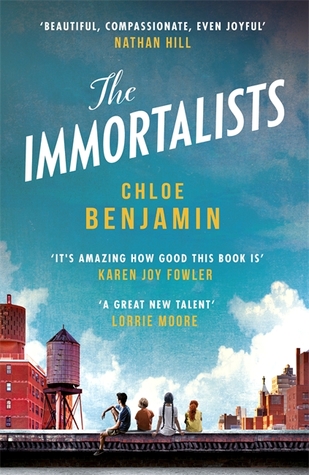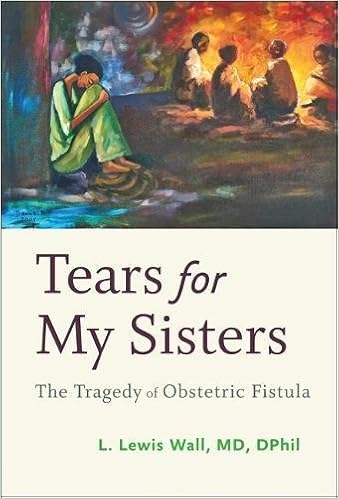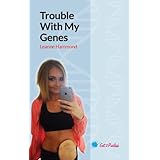 I was asked to review by the Good Housekeeping Book Room which dropped through my letter box on my day off and first day of leave.
I was asked to review by the Good Housekeeping Book Room which dropped through my letter box on my day off and first day of leave.The cover gives food for thought straight away" if you knew the date of your death , how would you live your life?" creepy but in a sense we get one bash at this and we mess up would we if we knew? that is the thousand dollar question.
I just had to read this story.
Four children at the end of the 60s knock on the door of a psychic, this person claims they can know the date of the persons death.
then begins a section of each of the four children with unique storylines each interesting thought provoking and sad at the same time. But considering we are reading about mortality there is a great deal of life in the story.
This has an impact on the four children, whether the predictions do come true (readers you will need to read this) boy does this have an impact on their lives. Mortality, grief, life, fate, do we have a choice is everything mapped out for us all thrown into the melting pot. tackles the uncomfortable.
It is beautifully written by the author who brought us Anatomy of Dreams in 2014.
Recommended and just out of the summer sunbed read.











